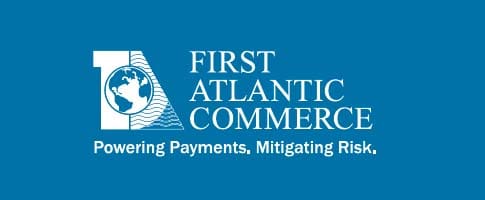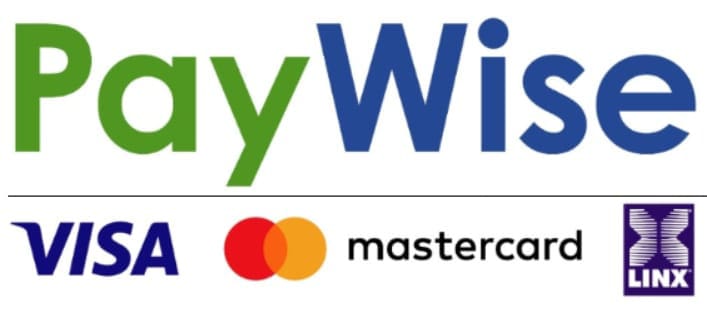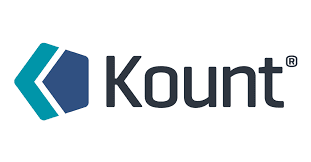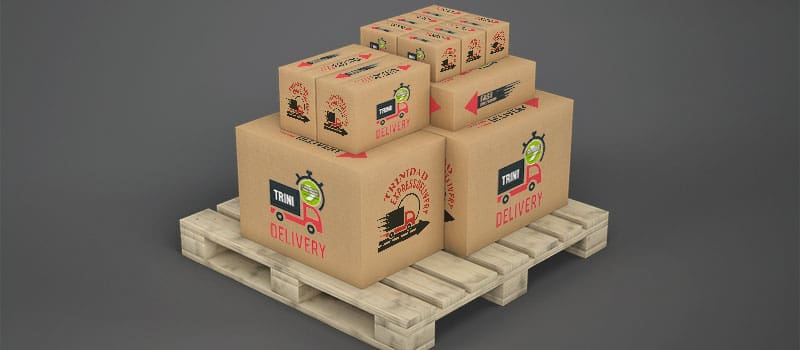Last updated: July 2024
Lightspeed Retail- E-Commerce-Ready Point of Sale Systems for Trinidad & Tobago
Forward Multimedia is now an official Lightspeed Partner, and now offers a complete solution for both physical and online stores via Lightspeed Retail POS (X-Series) and Lightspeed eCom (E-Series) .










 However, while this method was workable, it wasn’t optimal, and in middle of 2022, ceased being offered for new sites.
However, while this method was workable, it wasn’t optimal, and in middle of 2022, ceased being offered for new sites. 







